We specialize in the professional R&D and production of Z-purlin manufacturing machines. With years of experience in cold-rolled forming technology, we leverage our solid technical expertise and extensive industry experience to create high-performance forming equipment.
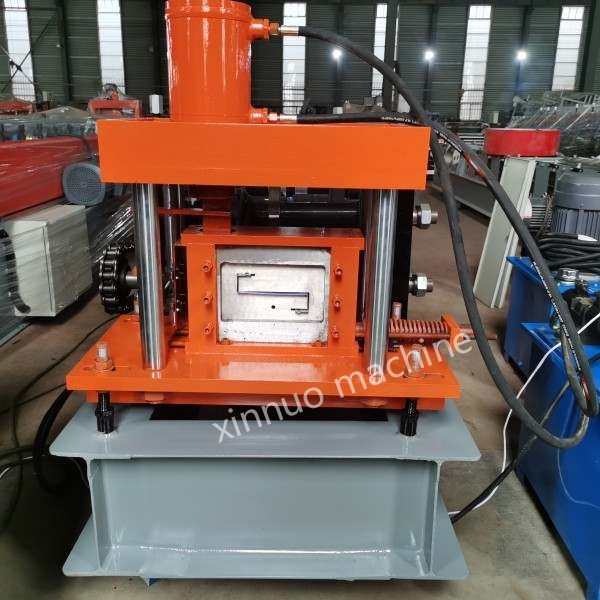
This equipment utilizes a fully automated control system, precisely completing the entire process from metal coil uncoiling and guided feeding to multi-pass roll forming and cut-to-length cutting. Flexible parameter adjustments allow us to adapt to the production needs of Z-purlins of varying heights, thicknesses, and lengths, meeting diverse specifications.
We prioritize "efficiency, stability," and "precision and reliability." Our equipment supports continuous batch production, significantly improving efficiency and ensuring stable output. Furthermore, we rigorously control forming accuracy, ensuring that our Z-purlins have uniform cross-sections and precise dimensions, fully complying with the mechanical standards for roof and wall support systems in steel structures.
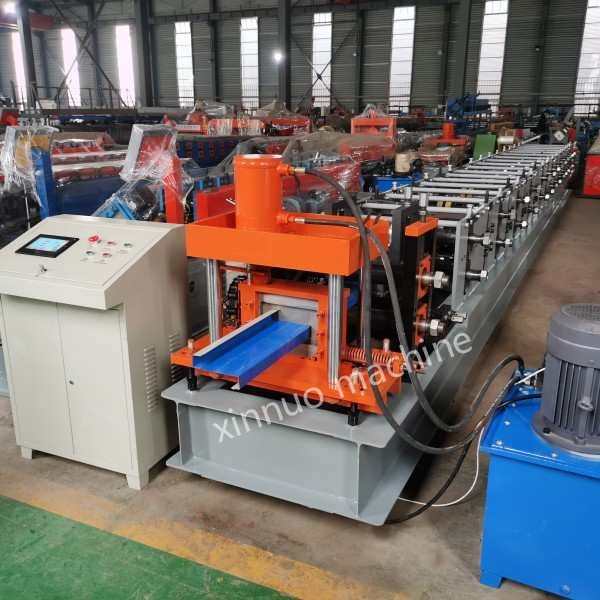
Whether for large-scale buildings like industrial plants, logistics warehouses, and stadiums, or specialized applications like agricultural greenhouses and temporary sheds, our Z-purlin manufacturing machines provide efficient and reliable production solutions, strengthening the foundation of our customers' steel structure building materials processing businesses and helping them gain a competitive edge in the market.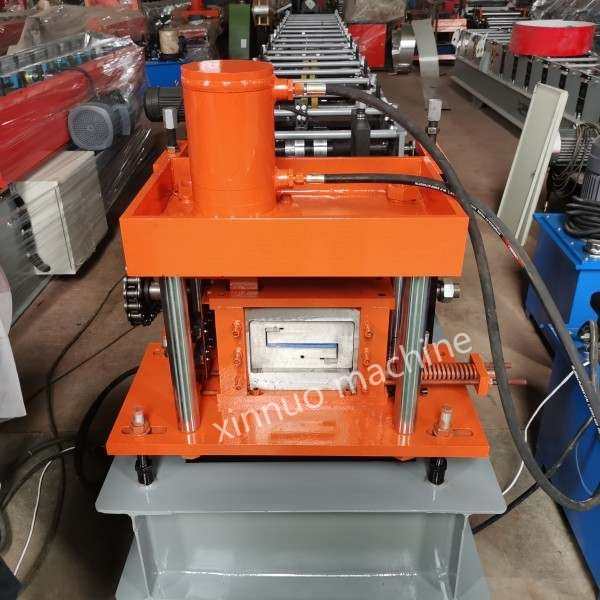
The Purlin Roll Forming Machine is an automated forming machine specifically designed for cold-bent thin-walled steel purlins. Through a continuous rolling process, it gradually forms metal coils (such as steel strip and galvanized steel sheet) into purlin profiles with specific cross-sectional shapes (such as C-, Z-, U-, and H-shaped). These purlins are widely used in roof and wall support systems for steel structures.
I. Core Working Principle
The equipment uses multiple sets of forming rollers designed with preset cross-sectional curves to perform progressive cold bending on metal coils:
Coil Uncoiling: The coiled metal sheet is smoothly released through the uncoiler, with a correction device ensuring accurate feed direction.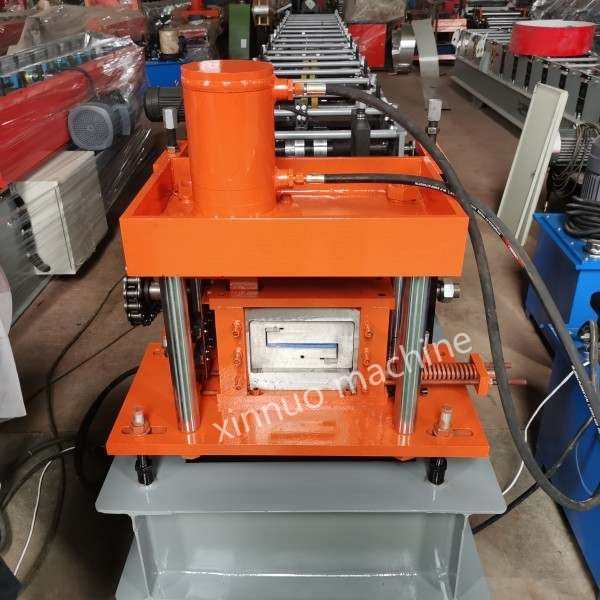
Guiding and Pre-forming: After the sheet is calibrated by the guiding mechanism, it enters the initial forming stage, where it is pre-bent at the edges or in sections by several sets of rollers.
Multi-pass Roll Forming: This is the core process where the sheet passes through dozens of rollers with different angles and shapes, gradually forming it into the designed purlin cross-section (such as a C-shaped inner hem or a Z-shaped inclined web). This entire process requires no cutting or welding, and is achieved through plastic deformation of the metal.
Cutting to Length: The formed continuous profile is precisely cut to the preset length using a flying saw or hydraulic cutting device, ultimately producing a single finished purlin. II. Core Features of the Equipment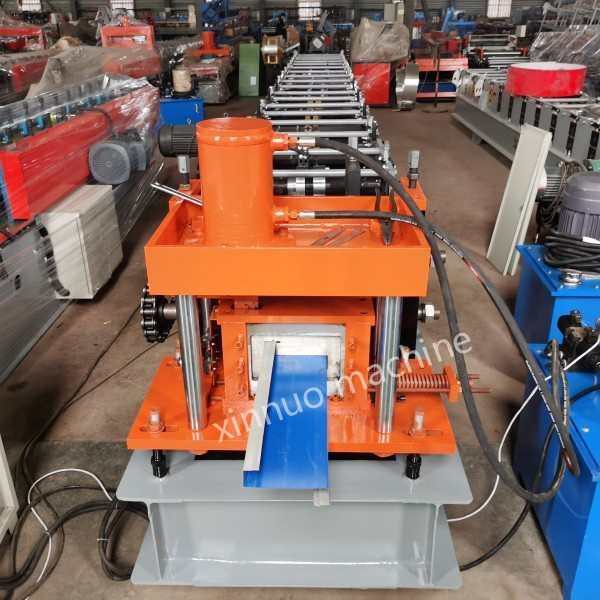
Highly Automated: From material feeding to finished product output, the entire process is fully automated. Equipped with a PLC system, parameters (such as cross-sectional dimensions, length, and speed) can be set, reducing manual intervention and improving production efficiency.
Multiple Specification Adaptability: By replacing the roller mold or adjusting parameters, purlins with different cross-sections (C, Z, U, etc.) and dimensions (50-300mm in height and 1.5-5mm in thickness) can be produced to meet diverse building requirements.
High-Precision Forming: The roller utilizes precision machining to ensure minimal dimensional error in each bending pass. The finished product has a regular cross-section and high straightness, meeting steel structure load standards.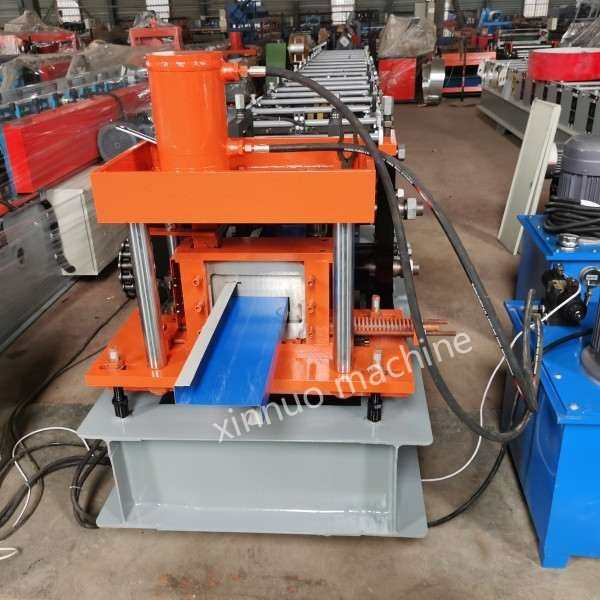
Continuous Production: Supporting 24/7 operation, a single production line can achieve an hourly output of 100-300 meters, making it suitable for batch orders.
Strong Material Adaptability: The equipment can process a variety of metal materials, including ordinary carbon steel, galvanized steel, and color-coated steel, meeting varying performance requirements such as corrosion resistance and load-bearing capacity. III. Application Scenarios and Advantages
Application Areas: Primarily used in steel structures such as industrial plants, warehouses, gymnasiums, logistics centers, and agricultural greenhouses, serving as the supporting framework for roofs and walls, bearing the loads of roof and wall panels and wind loads.
Core Advantages: Compared to traditional welding or cutting processes, roll forming maximizes material strength and reduces waste (material utilization rate exceeds 95%). It also offers a short production cycle and low costs, perfectly meeting the demands of modern steel structures for lightweight, efficient, and environmentally friendly construction.
In summary, purlin roll forming machines are key equipment in the steel structure building material processing industry. Their high efficiency, precision, and flexibility ensure stable and reliable production of purlin support systems for various types of buildings.